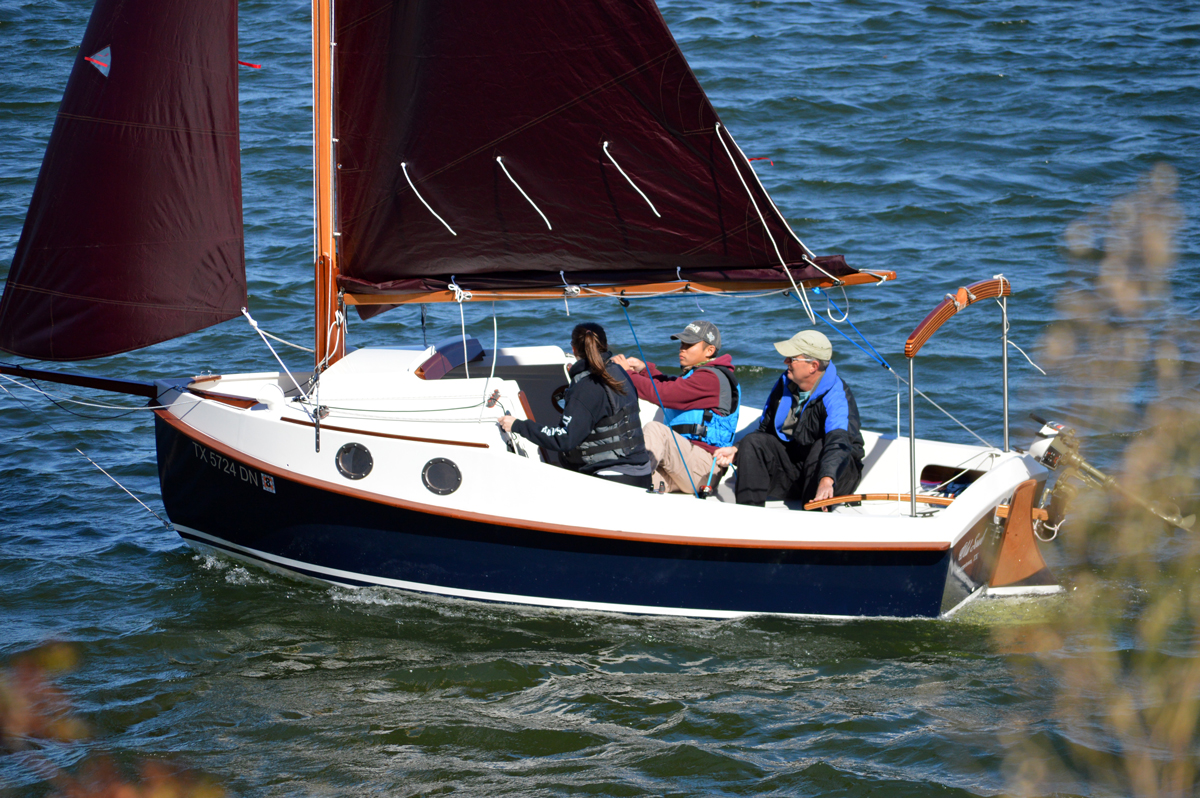I haven't had a chance to do much lately, but starting tonight I am going to again try to work on the boat at least 20 or 30 minutes, 3-5 nights a week, in addition to weekend work. The upcoming three-day weekend promises near perfect weather (upper 60's and low 70's) so I am going to try to put in as much time as I can.
Tonight I did a little work on the centerboard. I put a second coat of epoxy on one side and applied a strip of dynel cloth to the leading edge and around the corner onto part of the trailing edge:
 |
| Dynel Cloth Applied to Edge of Centerboard |
The final coat to the centerboard will include graphite in the mix. This will make the board very slick and combined with the dynel cloth should make the edges very tough. I used the combination to create rub strips on the bottom edges of my kayak and so far it has protected it from many abrasions, including rubbing concrete while being transported to the lake. So I think this treatment along with the epoxy fill all around the leading and trailing edges should protect it very well from unseen underwater objects like rocks and rip-rap.
I have a couple strips of dynel cloth left and I will use them, along with graphite-ized epoxy to treat the noseblock and front end of the keel bottom. I know this seems like overkill, but I'm pretty bad about running into things in our small lakes around here. I'm trying to make this boat as "bullet-proof" as I can.
I have run aground a few times with the Skerry, and the daggerboard brought it to an abrupt stop. I am amazed nothing broke. The leading edges of the daggerboard and rudder have had some of the epoxy coating rubbed off, so I plan to give them the graphite treatment also--perhaps some dynel cloth on the daggerboard too, but on a boat that light it might add significantly to the drag. I'll have to get on the CLC forum and see what others think about that idea. The graphite by itself will add some toughness and make it slicker at the same time, so I'm pretty sure I'll do that at least.
Well I digress. I'm going to wait a while before posting again so I'll have more to show.









